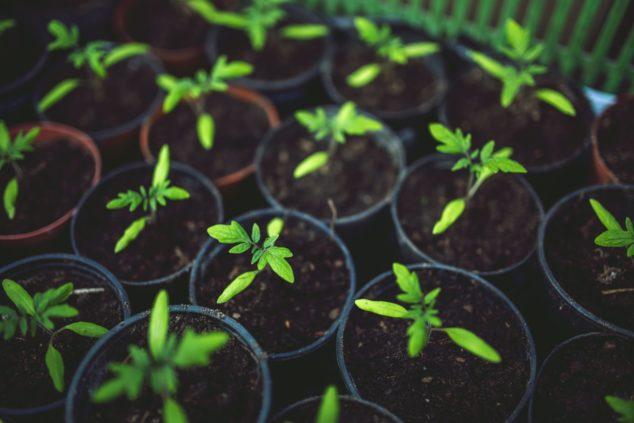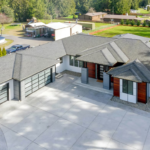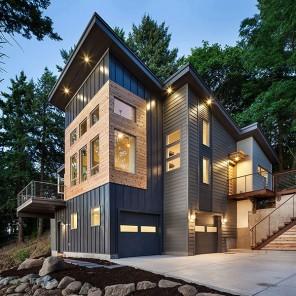Many homesteads are embracing the sustainability movement by planting vegetables and edible plants, keeping backyard livestock, and finding other solutions to create a future-proof home. For a setup like this, your garden needs to be able to primarily look after itself, produce steady supplies of fruits or vegetables, and remain hardy in changing conditions.
Hardiness And Variety
When you’re thinking about crops to grow in your garden, make sure to take varieties and hardiness into consideration. You’ll want plants that can stand up to a bit of abuse if the weather changes or you become otherwise occupied. However, it’s also worth spending time making sure your outdoor buildings are ready to house your plants if you need to take them indoors. If you have the space for a greenhouse, choose an area that receives lots of sun. Consider the size of the roof slope in your building design, and ensure that you choose a size appropriate to the direction of the sun. If you opt for an attached greenhouse, ensure that your property’s gutters are well-maintained to prevent damage, and be sure to incorporate adequate insulation to keep your plants warm over winter.
Planting Essentials
Writer David Mark Brown recommends planting from three categories of staples: twinkie crops, mason crops, and spices. Twinkie crops are versatile staples that will be your go-to in the hardest times, and you should grow them every year. Think onions, potatoes, carrots, or similar vegetables for these. Any vegetable that can be stored and preserved in an underground cellar fits into this category (hence Twinkies, which take a very long time to expire).
Mason crops are a bit more delicate than twinkie crops, but they’re suitable for canning and long-term storage. For these, think tomatoes, cucumbers, beans, and similar vegetables. Even can-friendly fruits are ideal for this if you have a fruit tree handy. Apples, nectarines, and firm berries like blackberries and strawberries are great for this. Another excellent candidate is mulberries, as the trees grow like weeds across most of the Eastern US, and can be made into delicious jams.
A sustainable garden can be low-maintenance when it’s properly prepared, and it should provide you with staples throughout the year if you care for it well. As long as you take your region, soil quality, and space needs into account, you can grow a rich variety of food for whenever you need it.








